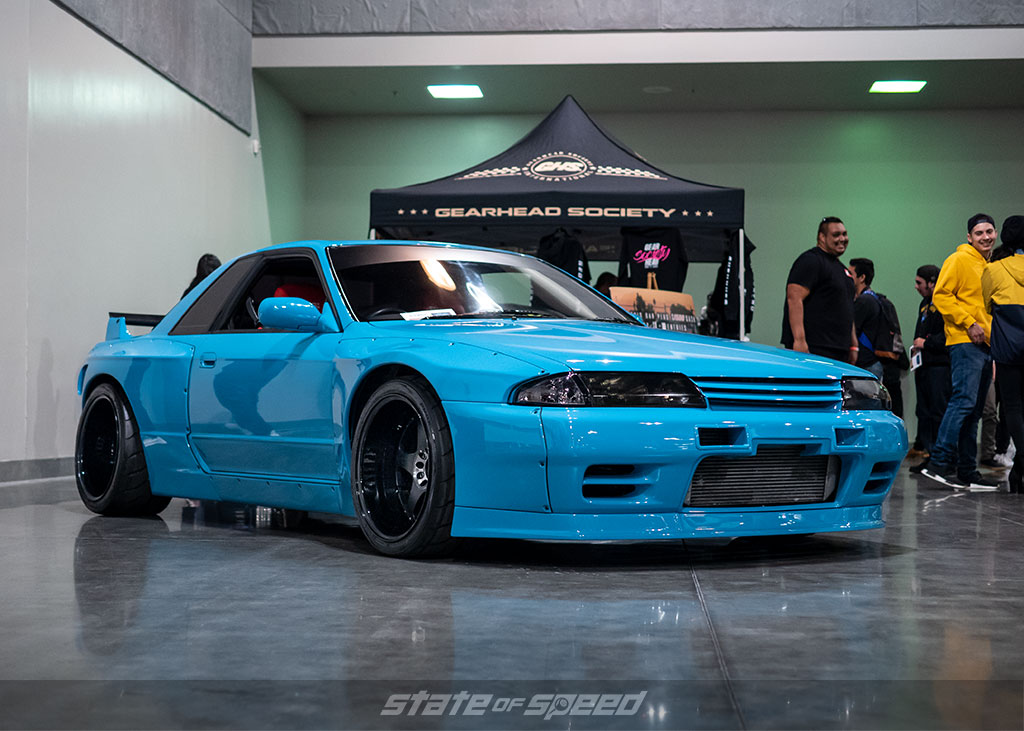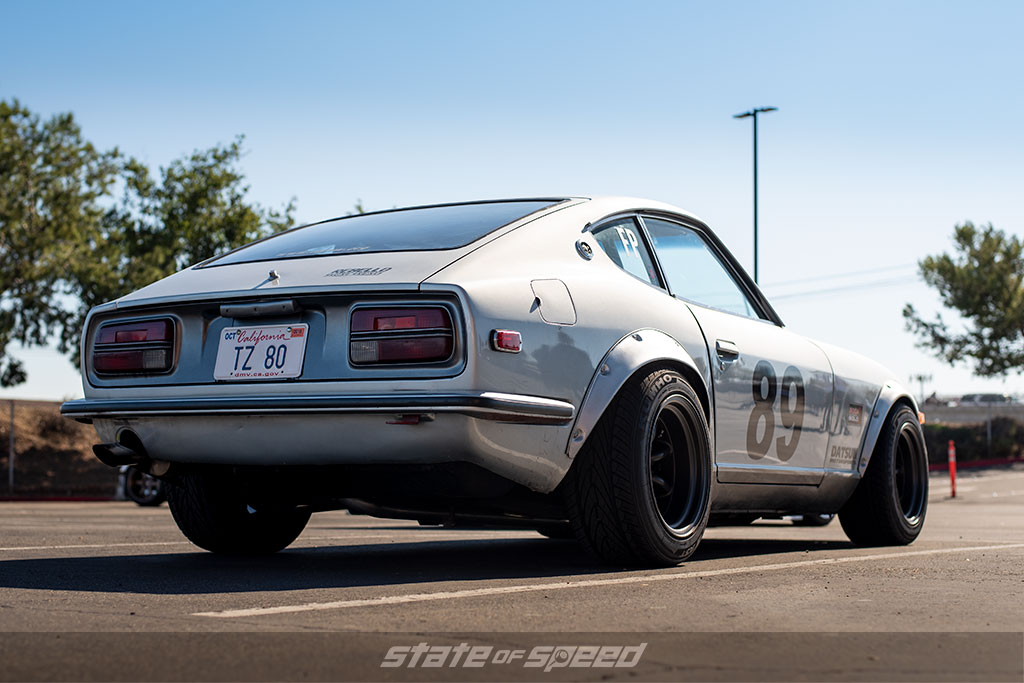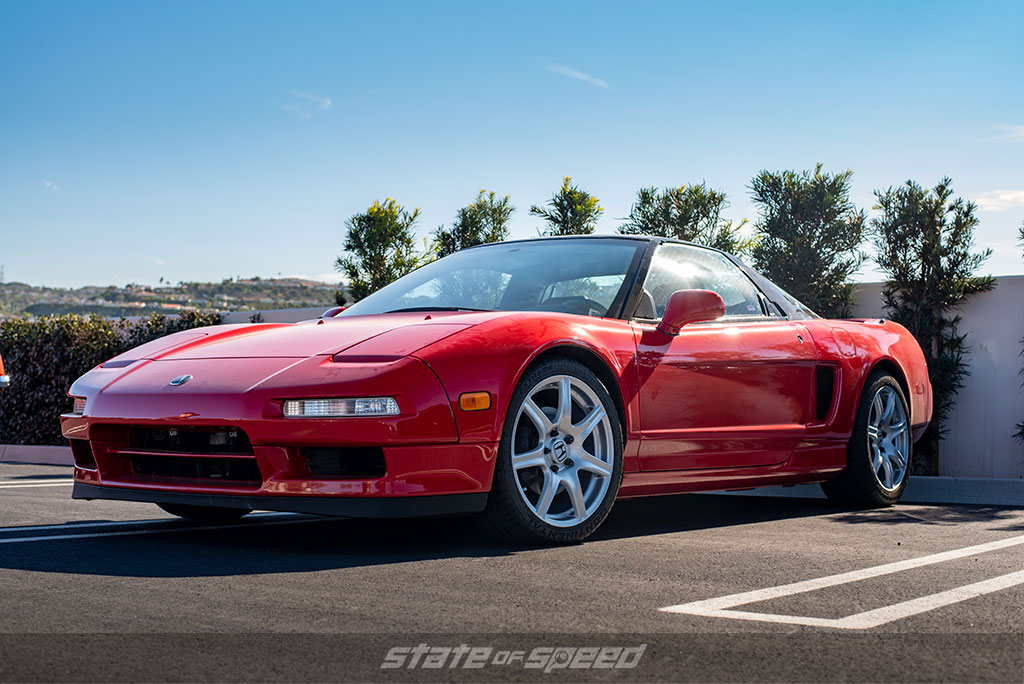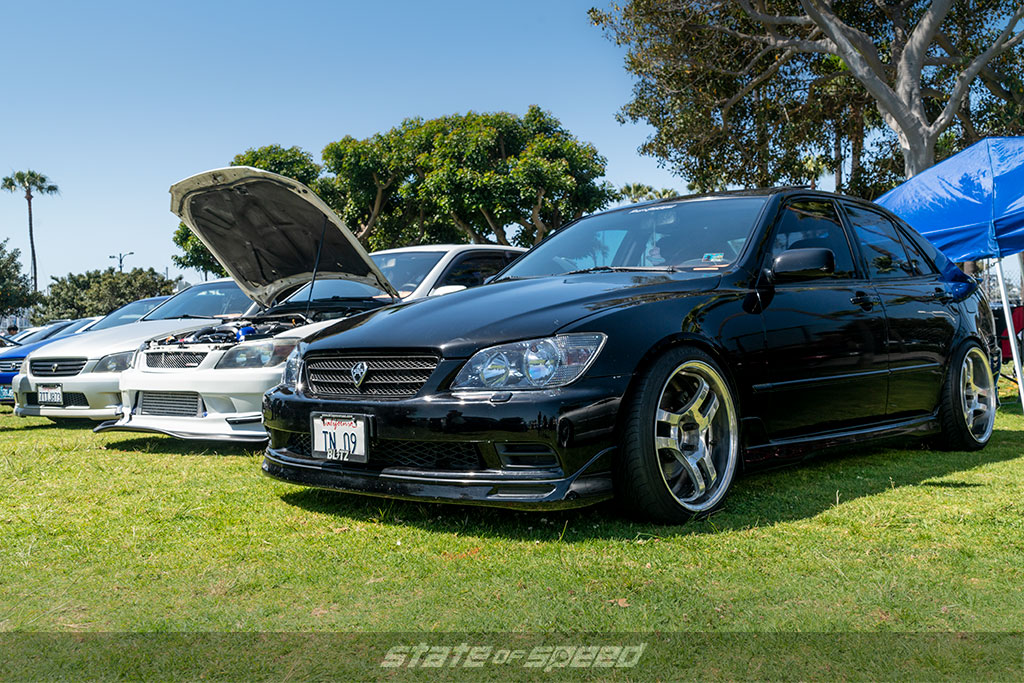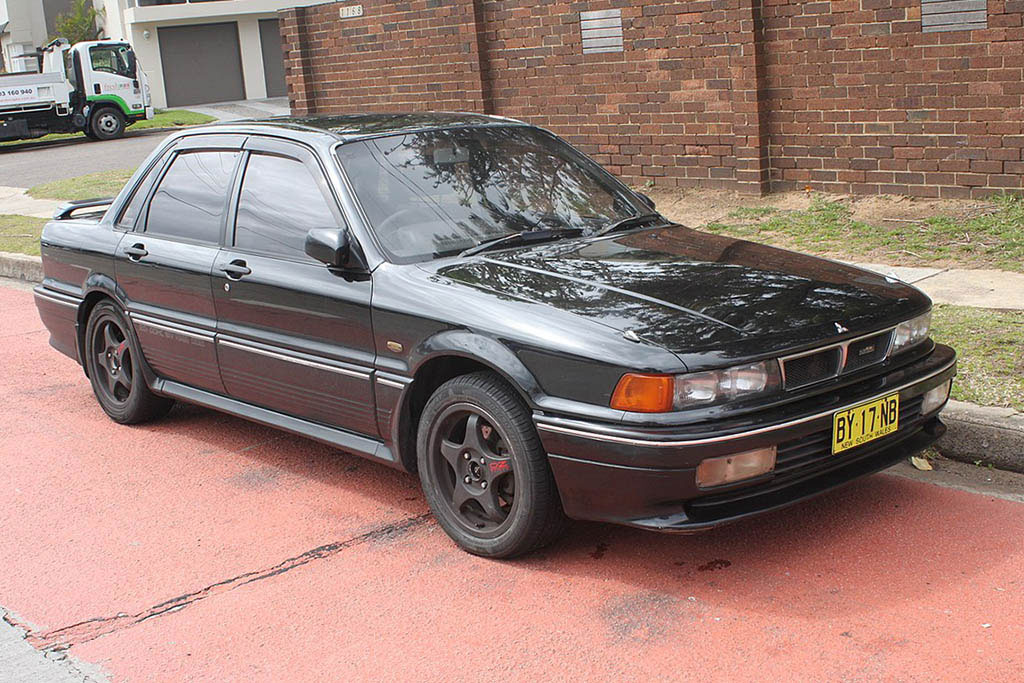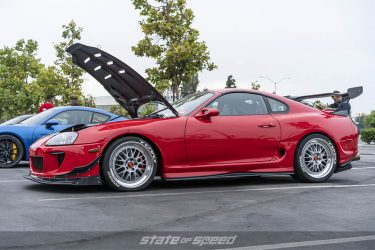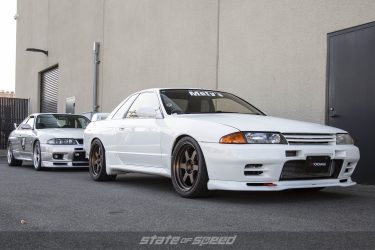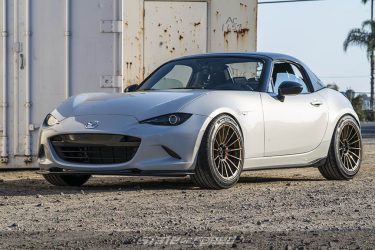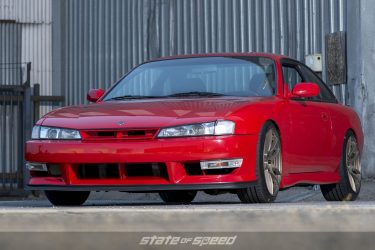10 Amazing JDM Cars, and How We Got to Buy Them Here
The Japanese domestic car market has produced a lot of innovative, cool models over the years, creating JDM gems that never make it to our shores. It doesn’t take huge numbers of cars sold to make a car a success in Japan – in 2019, just shy of 5.2 million cars were sold there in total, of which nearly 2 million were “Kei” cars designed specifically around a set of tax and registration rules that make these miniature vehicles less expensive to buy and own.
To put those numbers into perspective, between the Ford F-series, Dodge Ram, Chevy Silverado, and it’s twin the GMC Sierra, Americans bought more than 2.4 million full-sized domestic-brand pickup trucks alone. While there is plenty of money to be made in the US by Japanese manufacturers (especially if they have plants located stateside), the volume of sales required to make an imported car successful absolutely dwarf what would be considered a hit in the home market.
“Federalizing” an imported model to prove that it meets US crash performance and emissions standards is not an inexpensive or quick process, and as a result many of the wild and wonderful JDM-only models we all lust over were never brought to our shores as new cars. But the ones we did get tend to fall into a few very specific categories that made them worth the effort for Japan to export and sell in US showrooms.
The Halo Cars
The first entries on our list are cars that didn’t have to sell in huge numbers in the US (even though some turned out to be wildly popular) because their purpose was to act as flagships for the brand – performance cars that, through association, would help sell the bread-and-butter commuter cars.
Datsun/Nissan Z
By introducing American enthusiasts to the 240Z in 1969, Nissan (known in America as Datsun back then, but that’s a tale for another time) proved that Japanese imports weren’t exclusively cheap, boring economy cars, and that a world-class sports car didn’t need to be expensive, unreliable, or temperamental. After six generations in the US, the lineal descendant of the original Z, the Nissan 370Z, remains popular, though the mantle of performance and technology leader for the company has finally passed to the GT-R in the US.
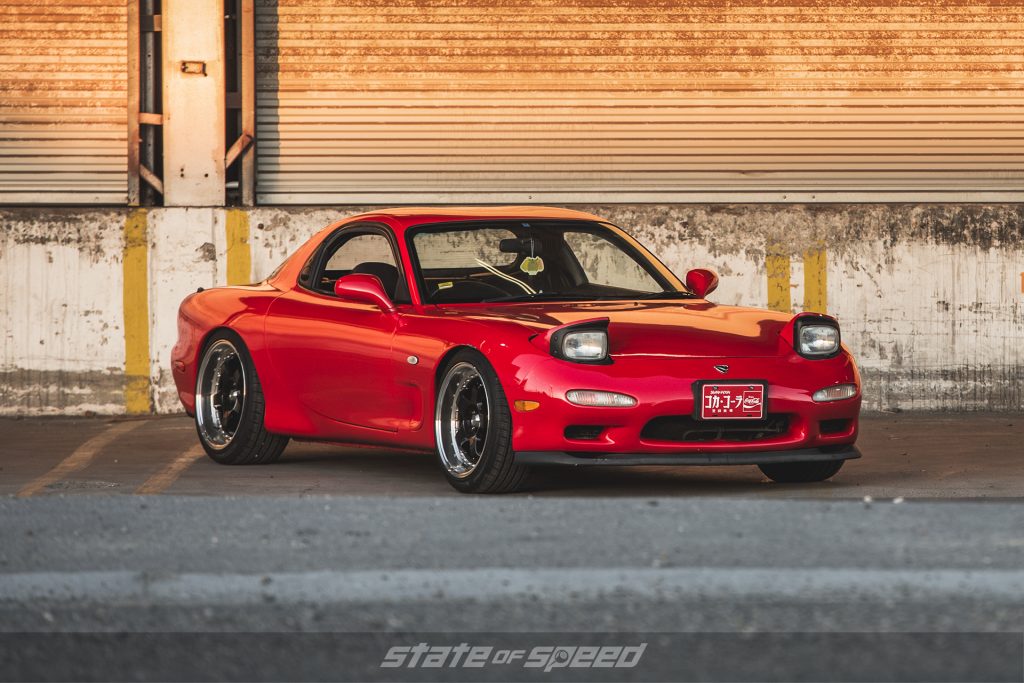
Tires: Milestar MS932 Sport
Mazda RX-7
Following the trail blazed by the Z-car, Mazda introduced their own sports car to the US market a decade later with the first-gen RX-7. With a unique Wankel rotary powerplant that set it apart from anything else available then or now, it built Mazda’s performance reputation in North America through three generations. At the close of the 20th century, Mazda finally began to step away from the rotary due to emissions and fuel economy concerns that were inherently harder to solve than in piston engine designs. The 2003-2012 RX-8 was the last hurrah for Mazda’s line of flagship sports cars, and even that was more of a grand tourer; a far cry from the light, flickable first-gen cars.
Toyota Supra
Starting out as simply a stretched version of the Celica, the Supra found its true Kung Fu in the third generation cars introduced in 1986 that were split out into their own model line, and a turbocharged engine was offered for the first time. But the Mark IV Supra would be the defining version of the mark, and from 1993 to 2002 the Supra would arguably rule the Japanese performance car market in the US. A diminishing US demand and no new-generation JDM model put an end to the Supra, but Toyota revived the name for a rebadged car based on the BMW G29 platform used in the Z4 in 2019, to a decidedly mixed reception among enthusiasts.
Honorable Mention: Acura NSX
When Honda launched the Acura sub-brand in 1986, the first ‘high end’ badge for a Japanese carmaker in the US market, their product line was limited to what were essentially optioned-up, very nice versions of the same cars in Honda dealerships. Much like the Spanish Inquisition though, nobody expected the first-gen NSX in 1990, sold as a Honda in the home market but badged as an Acura in the US. This mid-rear two-seat sports car was legitimate competition for many exotics of the time, and was certainly far cheaper and more reliable than your average ‘90s supercar. Though it was never a huge sales success in and of itself, it certainly provided a lot of eye candy in Acura showrooms for customers to drool over while the salesman worked his four-square sheet to get them into a nice Integra or Legend with the undercoating and extended warranty rolled into a single monthly payment…
The Cool Cousins
This next group of enthusiasm-worthy cars made it to US shores because they had a much more sensible relative they could rely upon to help them get a foot in the door. These models are the JDM performance versions of the manufacturers’ bread-and-butter models, adapted for US regulations and let in because their sensible relatives already did most of the hard work.
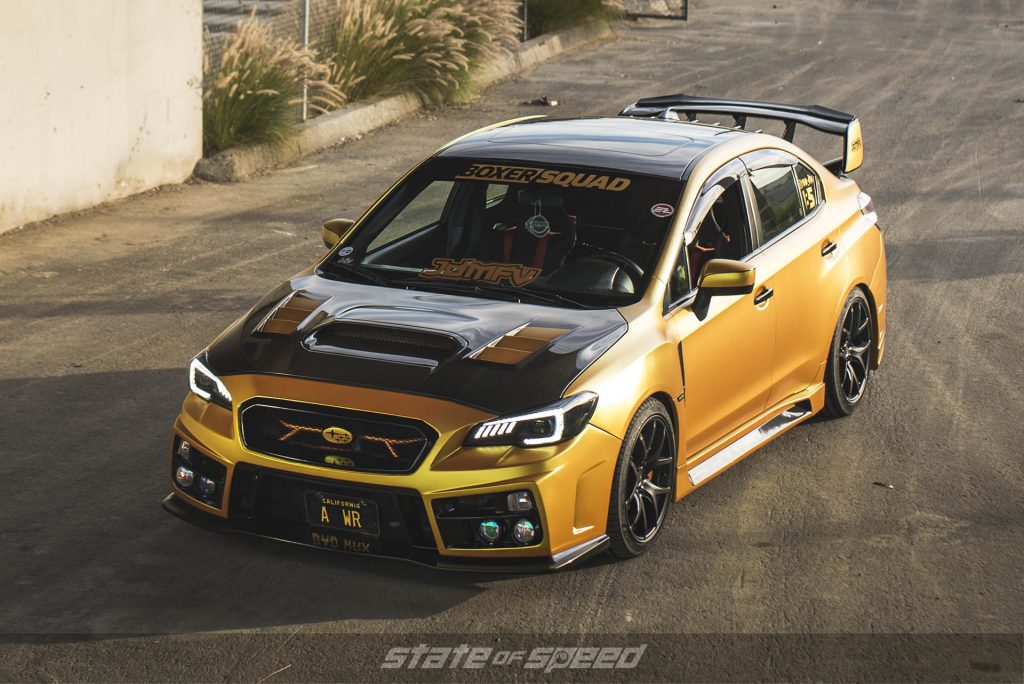
Tires: Nankang NS-25
Subaru WRX/STi
In 1993, Subaru first brought the Impreza to America as their sensible family car, with an uninspiring 1.8 liter, 110 horsepower naturally aspirated flat-four under the hood. A 2.2 liter optional engine was quickly added, and in 1998 we got the 2.5RS – a toe dipped in the water to see if America was ready for the real thing. After the second gen Impreza hit US showrooms, there was finally a turbo WRX model available alongside the more pedestrian naturally aspirated Imprezas, and sales of Subaru’s performance flagship were high enough to ensure it remains in their US lineup to this day.
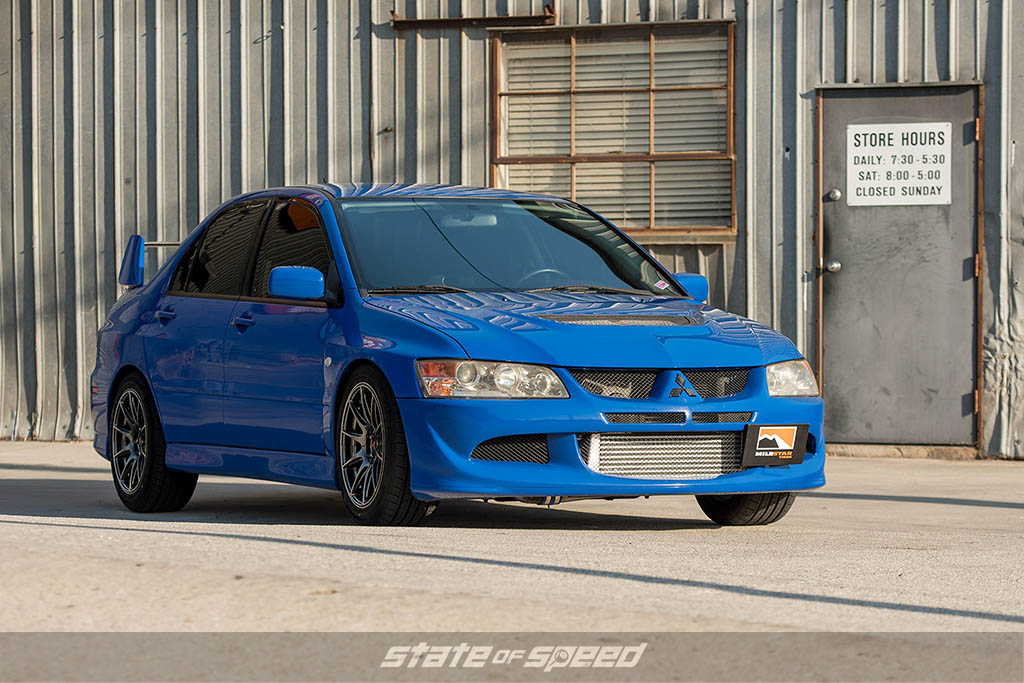
Tires: Milestar MS932 Sport
Mitsubishi Evo
While Mitsubishi had gone through a “Turbo All The Things!” period in the late 80s and early 90s in their US imports and joint ventures with Chrysler, by the end of the century they’d pivoted to crossovers and commuter cars. Their perpetual JDM rival Subaru had shown there was money to be made in bringing performance models across the Pacific with the WRX, and in 2003 the Evolution VIII was offered to US buyers for the first time. Two subsequent generations followed in North America, but 2016 saw the end of Evo production for all markets worldwide, and Mitsubishi seems focused on SUV, truck, and crossover models to the detriment of their legendary performance car heritage.
Nissan 240SX
You know a car model is successful when the company making it keeps the old model in production while simultaneously bringing out a new version, which is exactly what Nissan did with the 180SX and its successor the S14 Silvia in the Japanese domestic market. Nissan hedged their bets with the USDM 240SX, substituting their tried and true naturally aspirated KA24 “truck motor” for the turbocharged CA18DET in the 180SX, deftly sidestepping the need to gain EPA approval for a different engine unique to this particular model. Nevertheless, the S13 and S14 generations of the US 240SX sold well between 1989 and 1999, inspired untold numbers of amateur drifters, and were the recipients of countless LS engine swaps.
Honorable Mention: Lexus IS 300
Built on the Toyota N platform, which it shared with the SC 400/300 sports coupe that had been in the US market for almost a full decade, the IS 300 debuted as a 2001 model year car in America, and came with the same naturally-aspirated 220 horsepower 2JZ-GE engine found in the earlier non-turbo MKIV Supra. This four-door platform, in addition to allowing you to comfortably terrify more than one passenger at a time (unlike the Supra, with its vestigial back seat) also introduced the world to clear “Altezza” tail lights, and things would never be the same. The IS is still in the Lexus lineup in the US market, now in its third generation and available with a 241 horse turbo inline 4 or a 311 horsepower naturally aspirated V6, but the original Altezza hit the sweet spot where performance, practicality, and JDM street cred overlapped.
the [JDM cars] we did get tend to fall into a few very specific categories that made them worth the effort for Japan to export and sell in US showrooms.
The Unicorns
Finally, there are some cars that made it to the US despite the fact that there was no way they were ever going to sell in big numbers, or even well enough to amortize the costs involved in getting them approved for sale in America. Three of them on our list are based off of popular mainstream cars, while the fourth is just… weird. But for all these rare and wonderful vehicles, there had to be somebody behind the scenes who stuck their neck out and said, “I know these won’t make us a pile of money, but Americans deserve to have them anyway.”
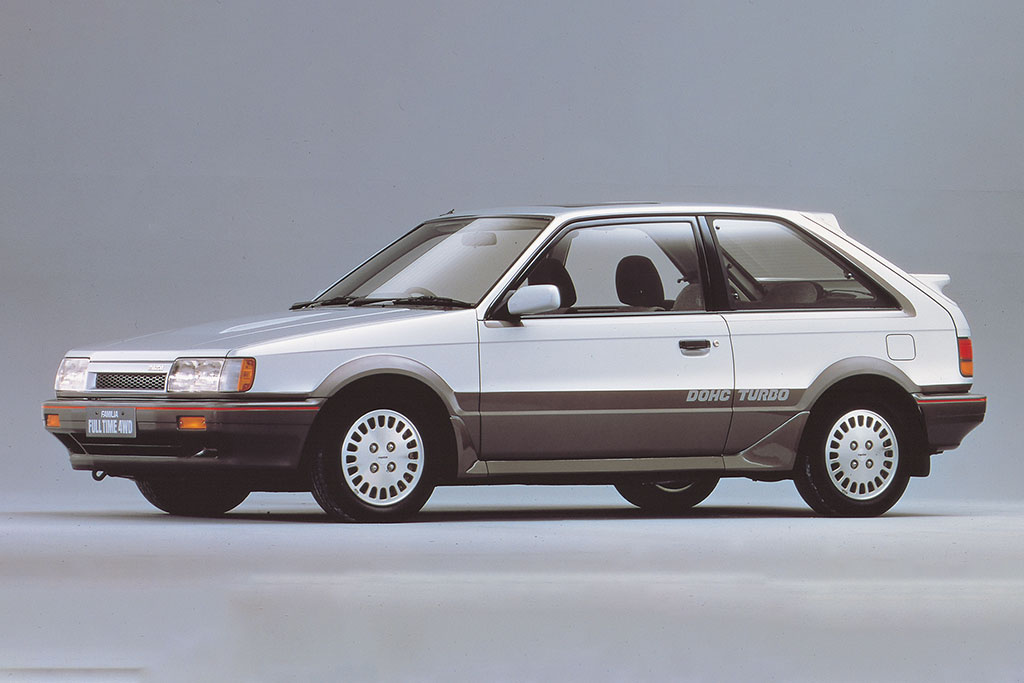
Mazda 323 GTX
In the days before the WRX or the Evo, and before most US enthusiasts had even heard of rally cars, Mazda built a homologation special version of their Familia/323/Protege, a very sensible little three-door hatch that was doing a pretty decent job in the Americas as a frugal commuter car. In place of the standard naturally-aspirated 1.8 liter, 100 or so horsepower front wheel drive setup was a 1.6 liter, 132 horse turbocharged engine coupled to a manual transmission and AWD drivetrain with a lockable center differential and viscous limited slip. The engine took to tuning like tigers on sardine oil, and it was easy to tweak the revvy little turbo motor to 180 horsepower and beyond. Only 1200 or so made it to the US in 1988 and 1989, and the vast majority of them lived short but glorious lives under the heavy right foot of enthusiast owners, so they’re rarely seen today. Nevertheless, all credit where credit is due to whoever it was at Mazda that decided America needed this insane little hatch.

Toyota Celica All-Trac Turbo
The Celica and Supra, once based on the same chassis, had parted ways in the 1986 model year, with the Supra becoming its own RWD model and the Celica going to front wheel drive. Toyota didn’t completely abandon Celica performance models, though – in the domestic market, they introduced the GT-Four all-wheel-drive system with an advanced-for-the-time electronically controlled center differential, and fitted it to a number of different models, including a turbocharged Celica. Though they’re rare as hen’s teeth in America today, the first-gen Celica All-Trac Turbo made it to the US market for the 1988 and 1989 model years, then surprisingly survived the Celica’s generation change for 1990, but only about 1,600 were sold in the States through the 1993 model year. Making a solid 200 horsepower (compared to the next-best N/A Celica’s 135 or so) and with a stout 5-speed manual gearbox coupled to a rally-tested all wheel drive system, the All-Trac was the Eclipse GSX/Talon TSi AWD/Laser RS Turbo AWD two years ahead of the wildly-popular DSM triplets. But the price premium and lack of visual distinction from other Celicas doomed it to obscurity among all but true enthusiasts.
Mitsubishi Galant VR-4
Speaking of the Eclipse GSX, for the 1991 and 1992 model years, Mitsubishi also decided that America should receive a version of their sensible, highly respected, and strong-selling Galant 4-door sedan that shared the same turbo all-wheel-drive layout as the first-gen DSM coupes. This proto-Evo delivered 195 horsepower to all four corners with a sophisticated (for the ‘90s) driveline using a viscous coupling center differential and 4-wheel “in phase” steering that could turn the rear wheels as much as 1.5 degrees in the same direction as the front at speeds above 30 miles per hour. As a technology and luxury showcase, it also incorporated now-common features like a fade-out dome light and the ability to operate the power windows and sunroof for a half-minute after turning off the ignition. The Galant VR-4 was ahead of its time in many ways, and it’s a shame that after just two years and around 3,000 cars imported to the US, its tenure in the American market was over.

Subaru SVX
This might just be the king of the fantastic beasts on our list – in 1989 Subaru debuted the Alcyone SVX (pronounced “al-SIGH-uh-nee” because reasons…) at the Tokyo Auto Show, and followed up with a production model for the 1992 model year. As the flagship of the Subaru line, it represented the best in luxury and performance, and unbelievably they managed to sell more than 14,000 of them in America (more than half of the total worldwide sales) through the 1996 model year. A naturally-aspirated 3.3 liter naturally-aspirated flat-six engine that was basically an EJ22 with two extra cylinders sat under the hood, sending power to an automatic transmission, as none of Subaru’s manual gearboxes at the time had the capacity to reliably handle the rated 231 horsepower and 228 pound-feet of peak torque. All-wheel-drive was standard, of course, and the swoopy styling included fixed side windows with small, inset retractable panes, a la the Lamborghini Countach and the DeLorean. For a company known in the early ‘90s for quirky, small economy cars that happened to have AWD, the SVX was a wild departure from the norm, and the styling has actually aged pretty well over the decades.
So there you have it – our list of the top cool Japanese cars that we actually got to buy here in the ‘States. Our sincere thanks go out to the anonymous decision-makers and influencers working inside those manufacturers’ head offices who took a risk in bringing cars that might not have made a lot of money to our showrooms, but gave us some of the most amazing and wonderful cars the Japanese Domestic Market has to offer.


